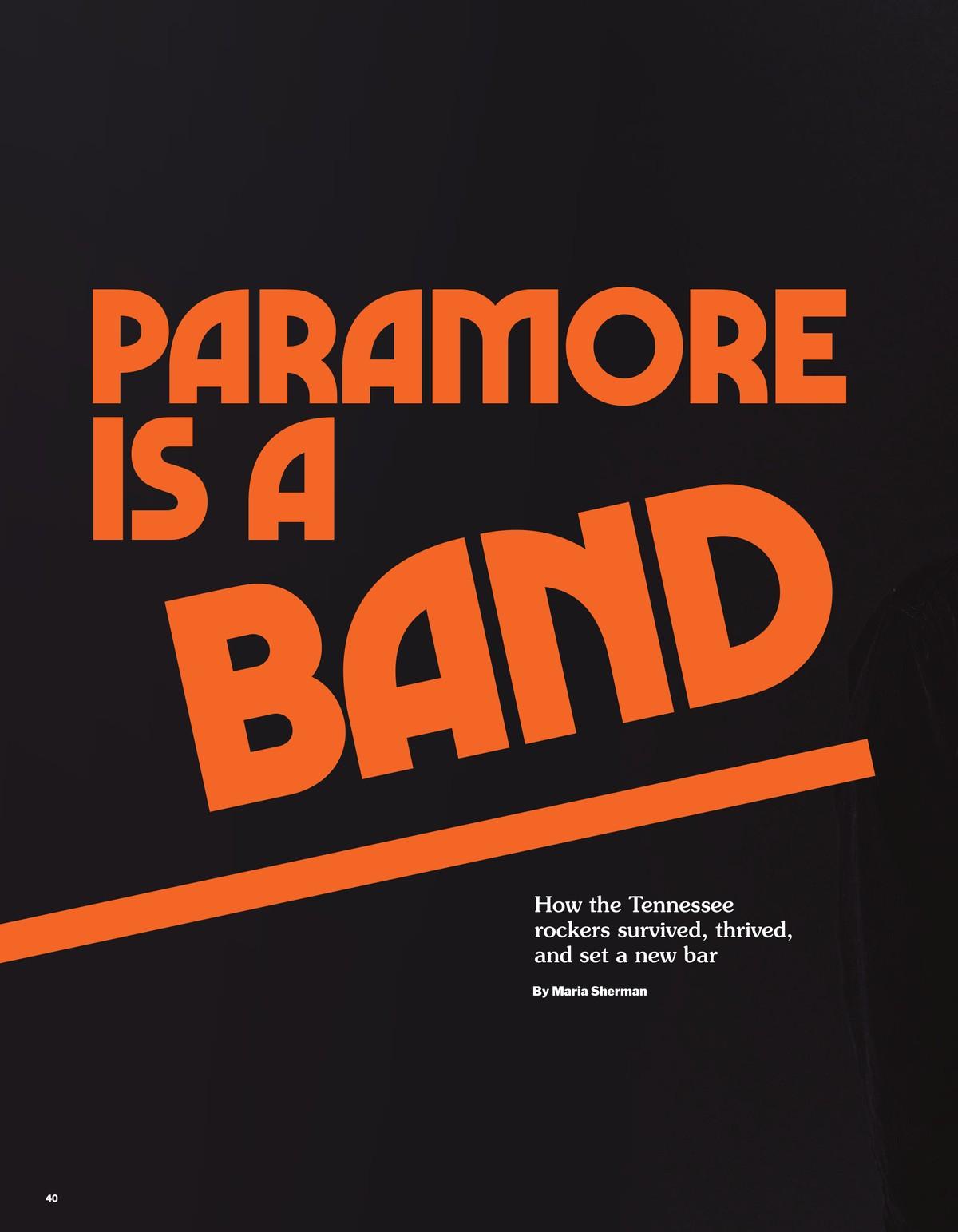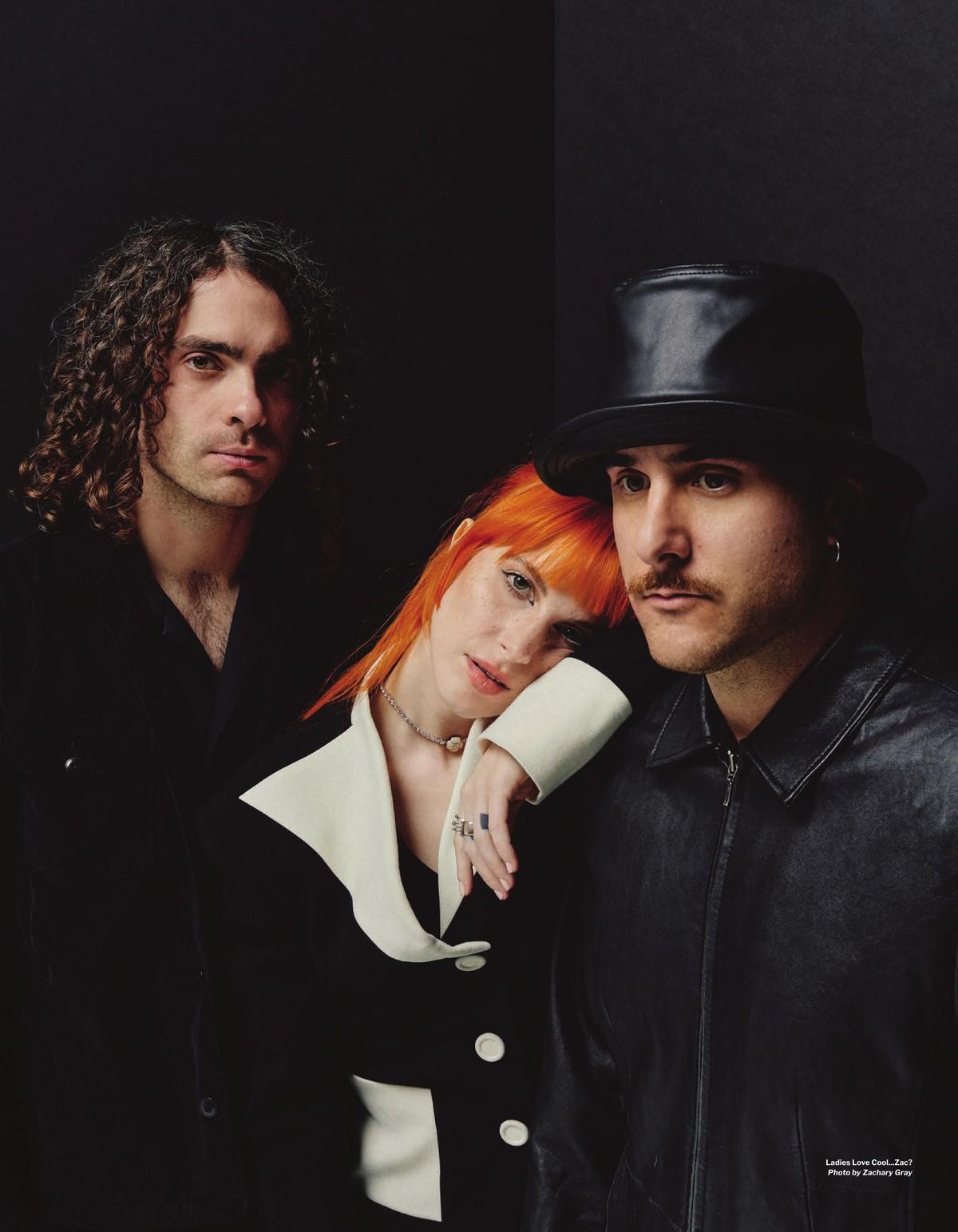PARAMORE IS A BAND
How the Tennessee rockers survived, thrived, and set a new bar.
June 1, 2023


In the heat of the midday sun, amplified by the sweet-and-sticky humidity of central Maryland, Paramore headbanged above a dehydrated crowd at the D.C. date of the Vans Warped Tour.

